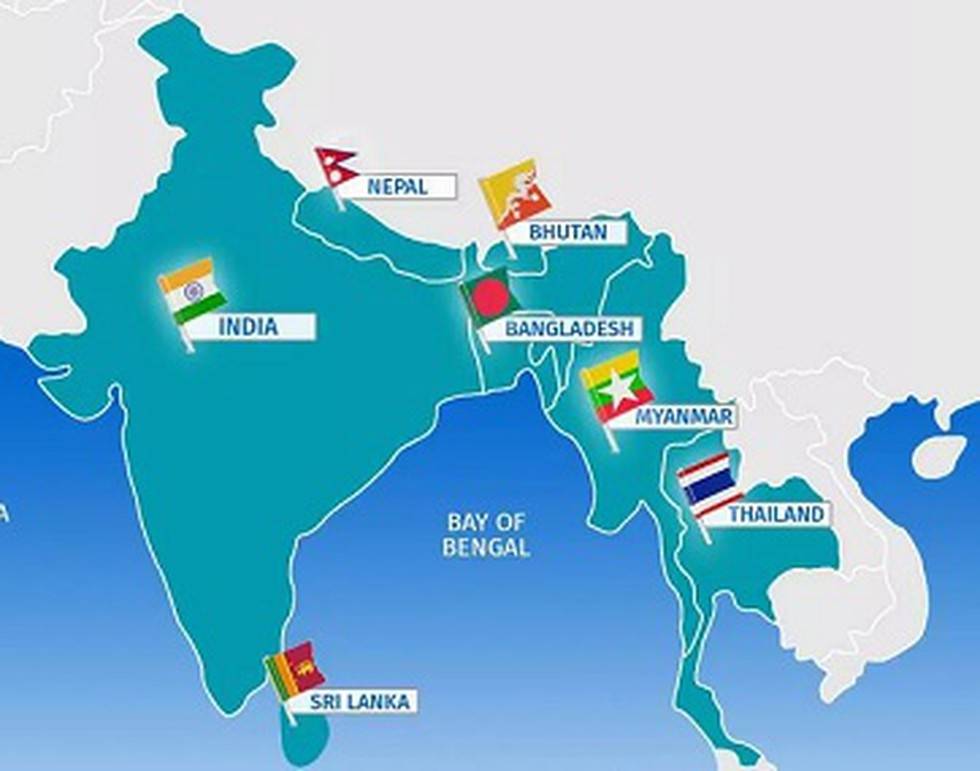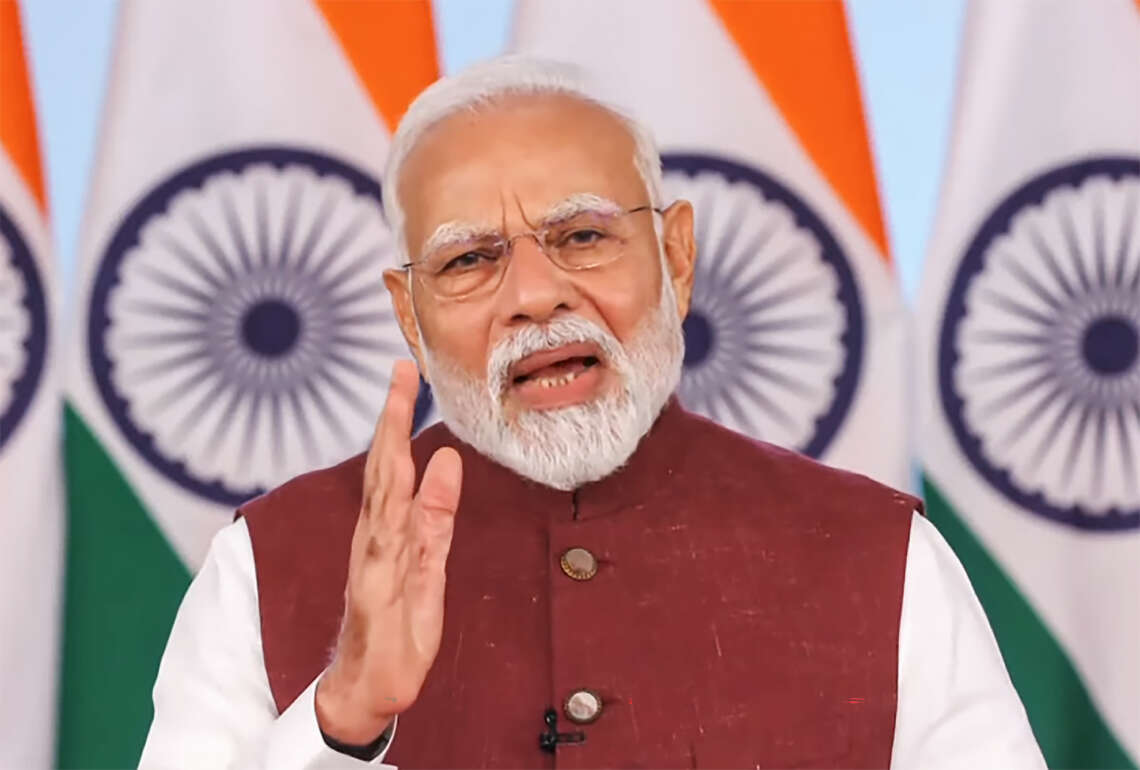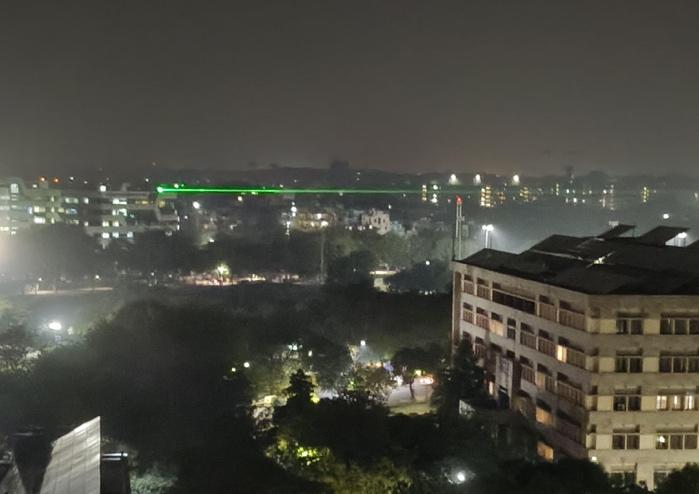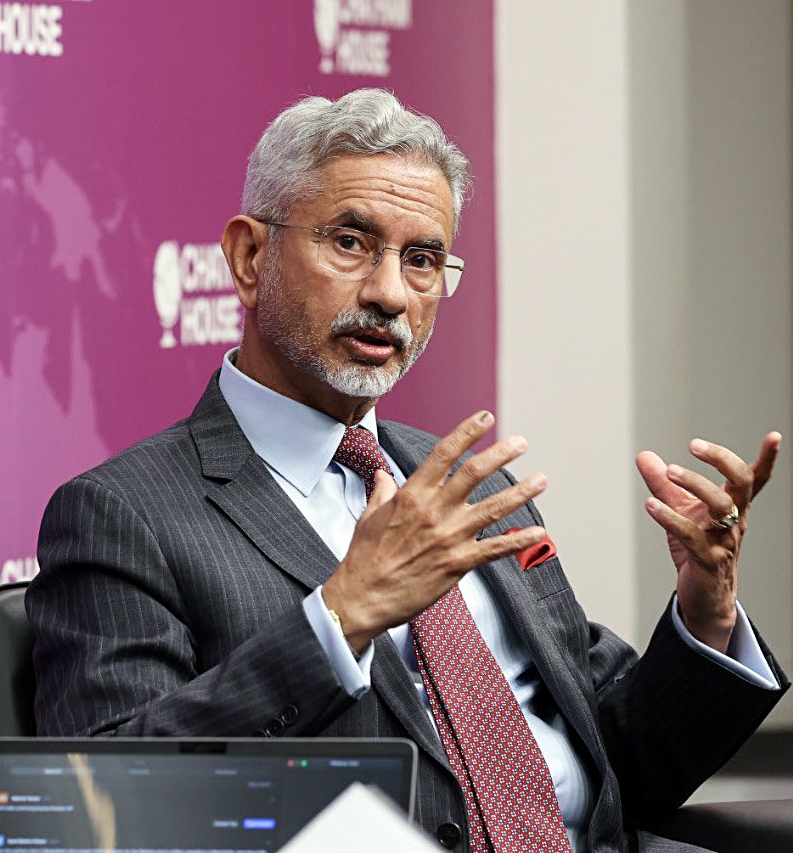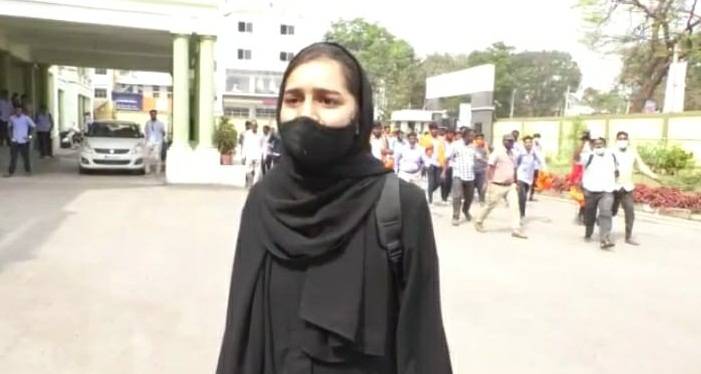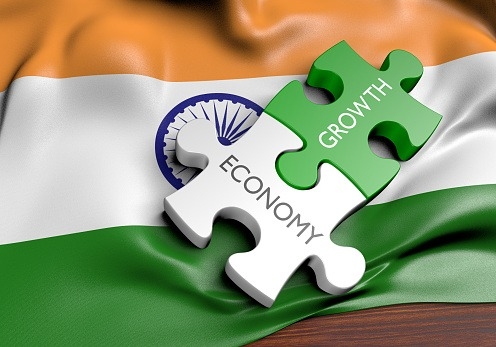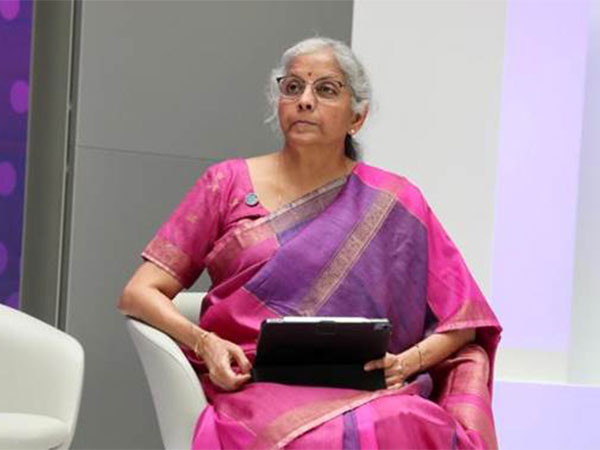With 21.7 per cent of the world’s population and combined GDP of $ 3.8 trillion, the BIMSTEC has potential to be an influential engine of economic growth….reports Asian Lite News
The Bay of Bengal Initiative for Multi-Sectoral Technical and Economic Cooperation (BIMSTEC) is an international organisation of seven South Asian and Southeast Asian countries, including Bangladesh, Bhutan, India, Myanmar, Nepal, Sri Lanka, and Thailand.
The leadership is rotated in alphabetical order of the name of countries. The permanent secretariat of BIMSTEC is in Dhaka, Bangladesh.
It is a cooperative arrangement aimed at synchronising the ‘Look West’ policy of some countries of ASEAN with the ‘Look East/Act East’ policies of certain South Asian countries.
Established in 1997, this year marks the 25th year of the establishment of BIMSTEC.
The organisation offers itself as an alternative regional arrangement to some South Asian countries to the SAARC, which failed to meet for quite some time.
Unlike other regional groups, BIMSTEC is a sector-driven cooperative organisation looking at seven sectors: science, technology and innovation; trade and investment; environment and climate change; agriculture and food security; security; people-to-people contacts; and connectivity.
Intra-regional trade in BIMSTEC is around $70 billion that constitutes only 7 per cent of the total global trade of its member countries. With 21.7 per cent of the world’s population and combined GDP of $ 3.8 trillion, the BIMSTEC has potential to be an influential engine of economic growth.
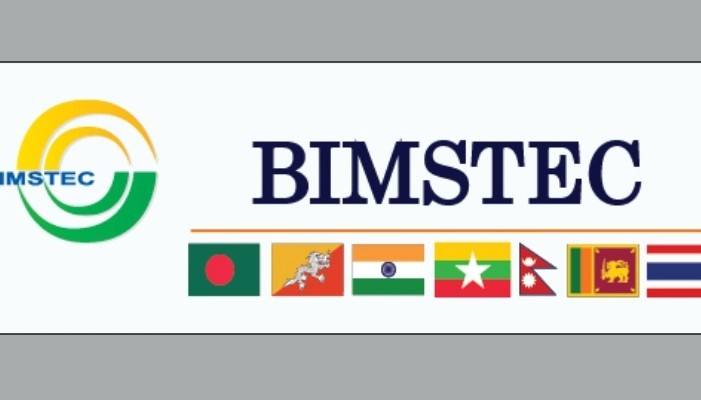
The 5th Summit of BIMSTEC was hosted by the Government of Sri Lanka on 30 March, which was the current chair nation of BIMSTEC. Theme of the summit was “Towards a Resilient Region, Prosperous Economies, Healthy People” that highlighted the current priorities of member states, and the concerted efforts by BIMSTEC to develop cooperation activities that support member states’ programmes to deal with the economic and developmental challenges in the Post Covid-19 pandemic era.
During the recent summit, the member countries adopted its Charter which is crucial towards creating an institutional architecture with a new orientation and concrete goals.
Under this Charter, the members will meet once in every two years.
India would provide $1 million to the secretariat to increase its operational budget.
It also agreed to form an eminent persons’ group to prepare a vision document in order to enhance the capacity of the BIMSTEC Secretariat adding that a roadmap should be outlined at the earliest to achieve this goal.
New Delhi further called for a Free Trade Agreement (FTA) among the member countries underlining the necessity for coastal shipping ecosystem and electricity grid interconnectivity, as the necessary components of the evolving shape of BIMSTEC.
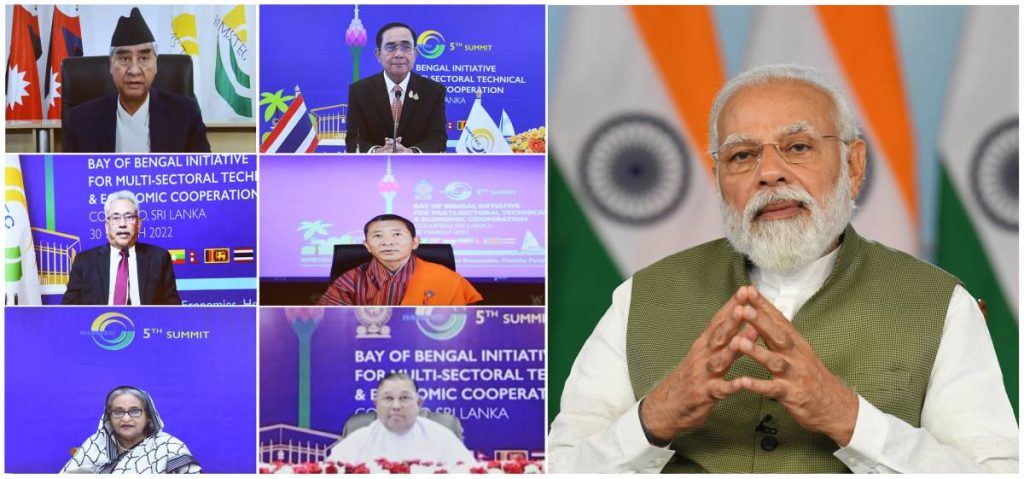
An FTA is a good option to enhance intra-regional trade volume. However, issues of trade patterns and complementarities remain hurdles. BIMSTEC members already have either bilateral or regional FTAs in the vicinity, such as the ASEAN FTA involving Thailand and Myanmar; the ASEAN-India FTA; the Regional Comprehensive Economic Partnership (RCEP), involving Myanmar and Thailand; ASEAN-India Comprehensive Economic Partnership; South Asian Free Trade Agreement (SAFTA) involving Sri Lanka, India, Nepal, Bangladesh and Bhutan; and the Asia-Pacific Trade Agreement (APTA) involving Bangladesh, India and Sri Lanka. Some of the bilateral FTAs include India’s FTAs with Sri Lanka and Bhutan and a Treaty of Trade with Nepal.
So, going by the web of FTAs touching almost all the member countries, a BIMSTEC FTA should not be difficult.
BIMSTEC member countries had indeed made it a priority since its commencement to enhance trade in goods and services, apart from investments. Although a Framework Agreement was signed in 2004 by establishing a Trade Negotiating Committee, the negotiations are still on.
The principal hurdle has been differences over market access between the two big economies of BIMSTEC: India and Thailand. In 2016, the countries agreed to speed up the negotiations on at least two issues in the FTA: preferential treatment to Least Developed Countries, and push on relaxations in services and investments.
As Thailand would hold the next Chair of the organisation, it is hoped that both India and Thailand will work together to do something concrete to make the FTA a success.
India viewed that the organisation should also increase exchanges between the countries.
The summit adopted the declaration of the Master Plan for Transport Connectivity
that would provide a framework to entrepreneurs and startups, and adopt international norms in the field of trade facilitation.
The Indian Council for Research on International Economic Relations (ICRIER), in collaboration with the Asian Development Bank, will launch an awareness programme in this regard.

Citing Ukraine crisis, India noted that the developments in Europe in the last few weeks have raised a question mark on the stability of the international order. Therefore, it called upon the leaders to strive hard to transform the Bay of Bengal into a bridge of connectivity, prosperity and security. India emphasised for prioritising the collective regional security.
It claimed that without security, it was impossible to ensure the development and prosperity of the region. India reminded that at the grouping’s fourth summit in Kathmandu, a decision had been taken to strengthen the regional legal framework against terrorism, trans-national crimes and non-traditional threats. Some of the common threats faced by BIMSTEC countries include terrorism, organised crime, drug trafficking, human trafficking, illegal migration, and radicalisation.
A Joint Working Group (JWG) on Counterterrorism and Transnational Crime (CTTC) was established to deal with these threats in the Bay of Bengal region. Six sub-groups, each working on a specific aspect of CTTC cooperation, were also formed to report to the JWG.
In 2009, the members signed the BIMSTEC Convention on Cooperation in Combating International Terrorism, Transnational Organised Crime and Illicit Drug Trafficking.
Though awaiting ratification from all members, it provides “each (member-State) has the widest possible measure of mutual assistance in the prevention, investigation, prosecution and suppression of such crimes.”

The BIMSTEC National Security Chiefs’ meetings have been in place since 2017 to give teeth to the monitoring and implementation aspects of the legal frameworks on security.
In this context, the signing of the three BIMSTEC agreements at Colombo to boost cooperation activities captures attention. These include BIMSTEC Convention on Mutual Legal Assistance in Criminal Matters, Mutual Cooperation between Diplomatic Academies/Training Institutions, Mutual Cooperation and Memorandum of Association (MoA) on the Establishment of BIMSTEC Technology Transfer Facility (TTF).
India hoped to move quickly to other similar instruments, so that there could be better coordination between the legal systems.
India is working on extending and expanding the scope of the BIMSTEC scholarship program offered by the Nalanda International University, Rajgir. India also highlighted the role of BIMSTEC Center for Weather and Climate on disaster risk reduction and showed its readiness for contributing USD three million dollars to restart the work of this centre.
Given the level of synergies and complementarities among the member states, it is viable to establish a Bay of Bengal Economic Community at some point. For wider acceptability and entrenchment, it is vital to take the grouping to the level of the people through dialogues.
The formation of the BIMSTEC Network of Policy Think Tanks (RC- BNPTT) for broader regional consultations on policy matters is a praiseworthy move. Having a charter on the lines of other regional groupings like ASEAN, SAARC, and the EU would provide much needed standards. Outreach activities with the UN and other similar organisations like ASEAN for maximum benefit including “recognition, financial assistance, expert assistance, market access etc.” are also worth exploring.


